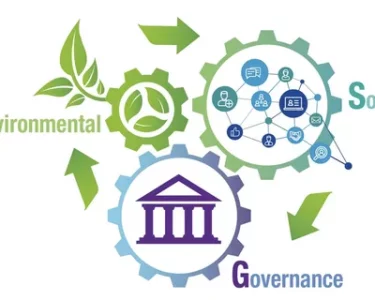In a world of rapidly advancing technology and the ever-increasing prevalence of remote work, it may come as a surprise to some that the traditional office still holds sway in many industries. Despite the convenience and flexibility offered by remote work arrangements, a significant number of professionals continue to flock to offices each day. This begs the question: why do we still go to the office now?
The shift towards remote work gained tremendous momentum during the COVID-19 pandemic, as lockdowns and social distancing measures forced companies to adapt to a new way of operating. Many individuals discovered the benefits of working from home, such as eliminating long commutes, gaining more control over their schedules, and enjoying a greater work-life balance. For a while, it seemed like the office might become a relic of the past.
However, as the world gradually emerges from the pandemic and vaccines bring a sense of normalcy, a growing number of organizations are choosing to bring their employees back into the physical workplace. While some argue that this decision is purely motivated by outdated management practices, there are several key factors contributing to the continued allure of the office.
**1. Collaboration and Innovation:** The office environment provides a space for spontaneous interactions and collaboration among colleagues. It allows for the exchange of ideas, brainstorming sessions, and impromptu discussions that often lead to innovative solutions. While virtual communication tools have improved significantly, they still lack the same level of serendipity and creative energy that can arise from face-to-face interactions.
**2. Company Culture and Community:** The physical office serves as a hub for fostering company culture and building a sense of community. It is a space where employees can connect on a personal level, celebrate milestones, and build relationships. The shared experiences and camaraderie formed within an office environment can contribute to a stronger sense of belonging and loyalty to the organization.
**3. Separation of Work and Home Life:** For some, working from home blurs the boundaries between personal and professional life. The physical act of going to an office can create a clear separation between these two spheres, helping individuals maintain a healthier work-life balance. By leaving their homes and entering a dedicated workspace, employees can more easily transition between work and personal time, reducing the risk of burnout.
**4. Access to Resources and Infrastructure:** Offices often provide access to specialized equipment, tools, and infrastructure that may not be readily available at home. Certain industries, such as manufacturing, healthcare, and research, rely heavily on physical spaces with specific resources to carry out their work effectively. Additionally, the office can offer a more secure and reliable technological setup, ensuring data protection and minimizing the risk of cyber threats.
**5. Mentoring and Career Development:** For junior employees and those new to the workforce, the office can serve as a vital space for learning from experienced colleagues and receiving mentorship. Being physically present allows for informal knowledge-sharing, mentorship opportunities, and on-the-job training that might not be as easily accessible in remote work settings.
While the debate between remote work and the traditional office rages on, it is clear that the office environment still holds numerous advantages for both employers and employees. The decision to embrace remote work, return to the office, or adopt a hybrid model is ultimately contingent on a company’s unique circumstances and goals.
As the future of work continues to evolve, it is crucial for organizations to strike a balance that maximizes productivity, fosters collaboration, and supports the well-being of their workforce. Whether it involves the bustling halls of an office or the quiet confines of a home office, the key lies in understanding the diverse needs and preferences of employees while leveraging the benefits of modern technology.




